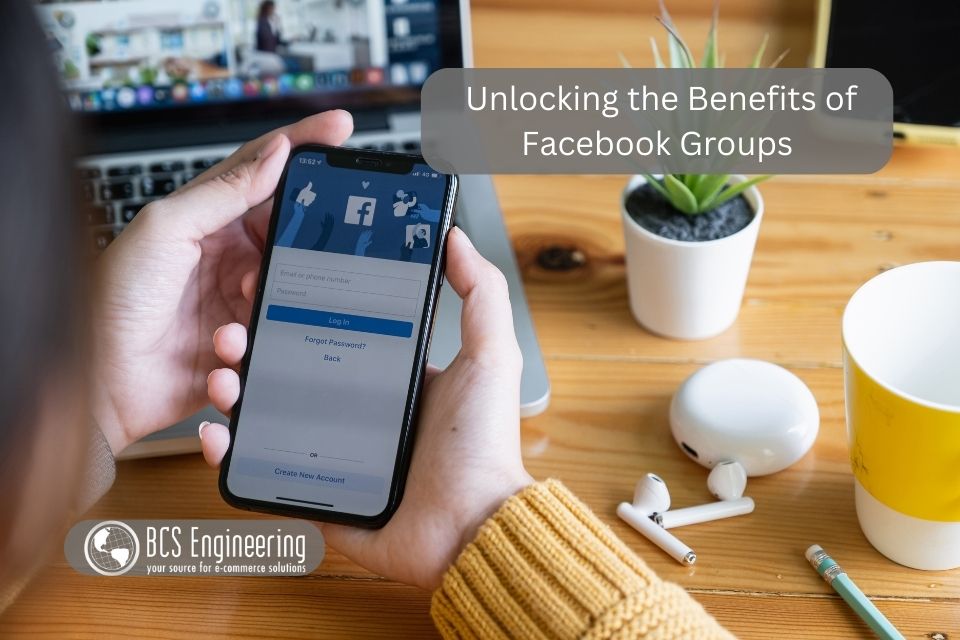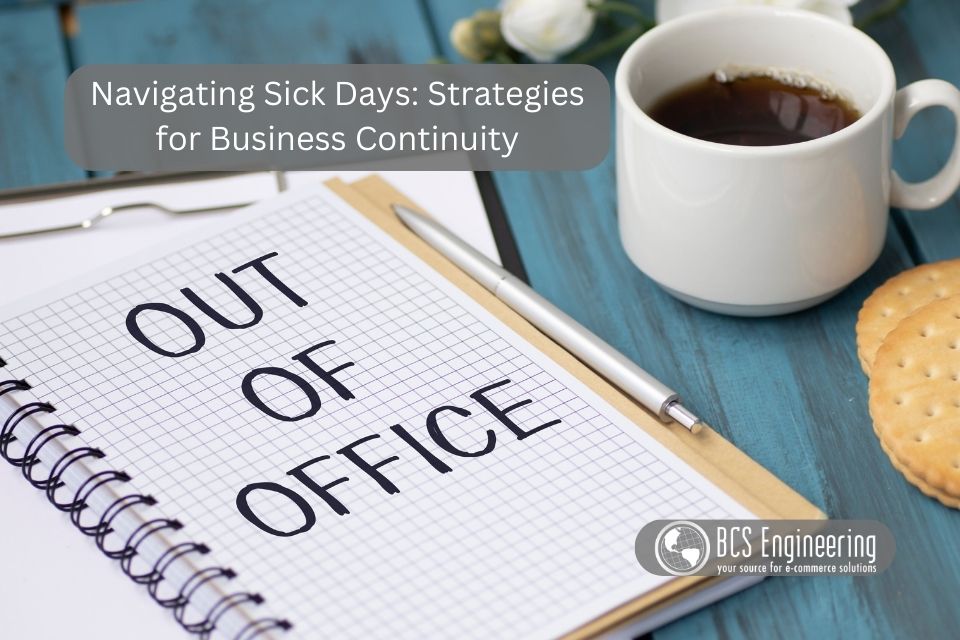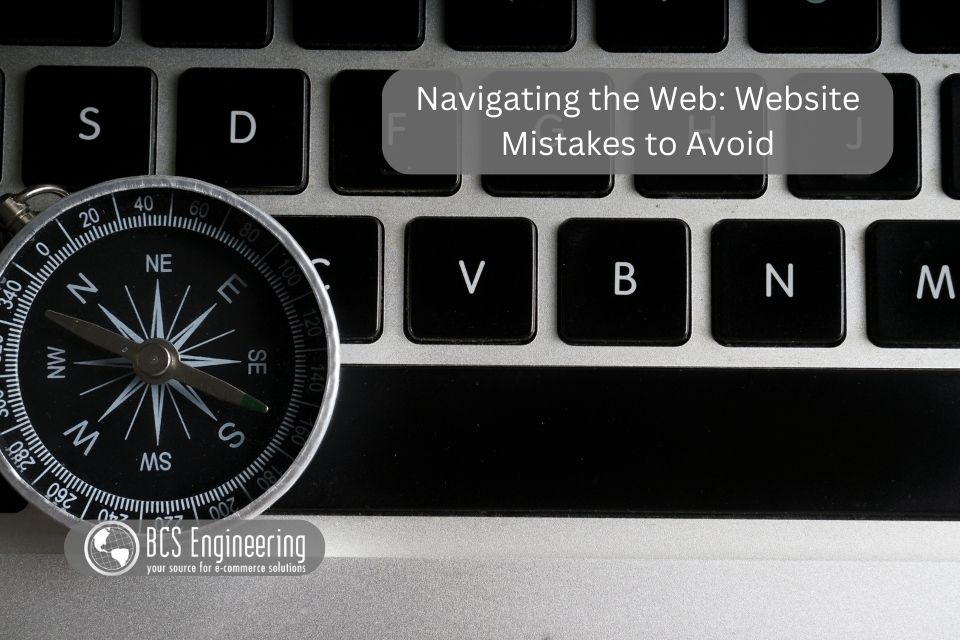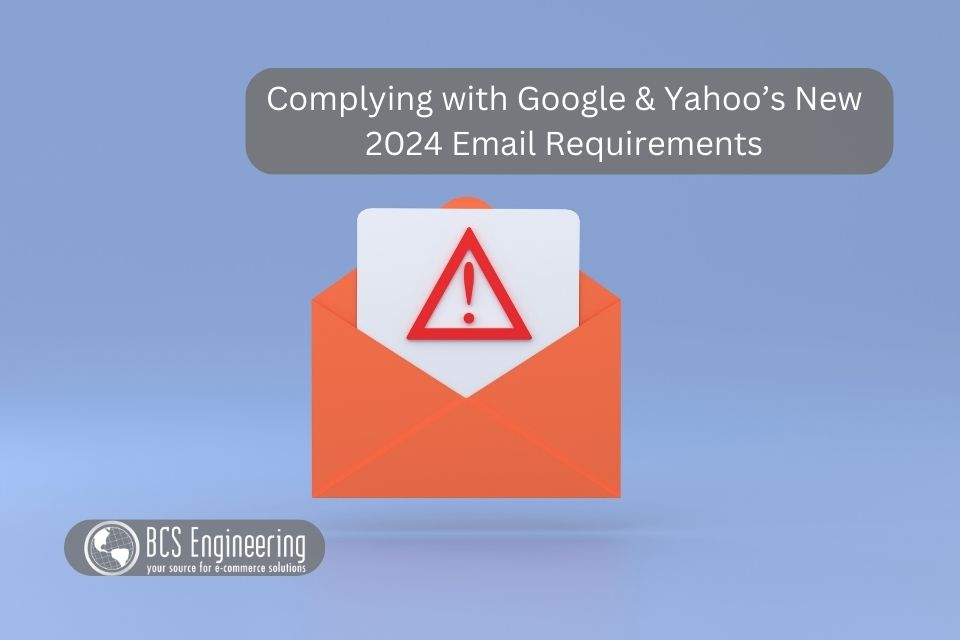Ever found yourself using or participating in a Facebook group? Facebook groups serve as valuable hubs for connection, collaboration, and community building. For businesses, Facebook Groups can be a treasure trove of opportunities!

Facebook groups can be a great asset to your business. Whether you are participating in Facebook groups or running your own, Facebook groups offer a variety of benefits for individuals and businesses alike:
Connect with your Target Audience
For businesses and organizations, Facebook groups can provide a platform to reach and engage with your specific target audience. You can create a group tailored to your audience, inviting current and potential customers to join. Inside the group, you can nurture your audience with valuable content and open engagement. Depending on how much engagement your Facebook group attracts, Facebook will be more included to suggest your group to users outside of your social circle, growing your audience.
Promote and Market your Business
While it’s important not to be overly promotional in groups, you can still share relevant content, offers, and announcements about your products or services in Facebook groups. You can promote your business in your own group to your tailored audience as well as promote your business in groups you are a member of if they allow it. Join relevant groups and promote your business authentically by sharing valuable insights and stories with other members.
Build Communities
Facebook groups are a great way to connect with like-minded individuals. Through the groups you are in and through your own personal group, you can share experiences and build relationships with potential customers. Ideally, your group members would not only interact with you, but also interact with each other, creating a community through your Facebook group. You can also network with fellow entrepreneurs in share groups and exchange valuable insights and advice with one another.
Find Opportunities through Engagement
With an engaged community, Facebook groups can offer opportunities to improve and grow your business. Through engaging with your audience via posts and replies, you can learn more about your target audience and what they want from your business. If you are in business groups, you can learn from other business owners and spot areas of opportunity. Sharing your own story and advice with others in a group can also lead to other members recommending your products and services to people in their personal social circles, expanding your audience.
Want to Learn More?
Interested in creating a Facebook Group, but feel like you don’t have the time? Listen to our recent eCommerce Made Easy podcast where Carrie shares not only the benefits of Facebook groups for businesses, but how to grow them and keep them manageable.









